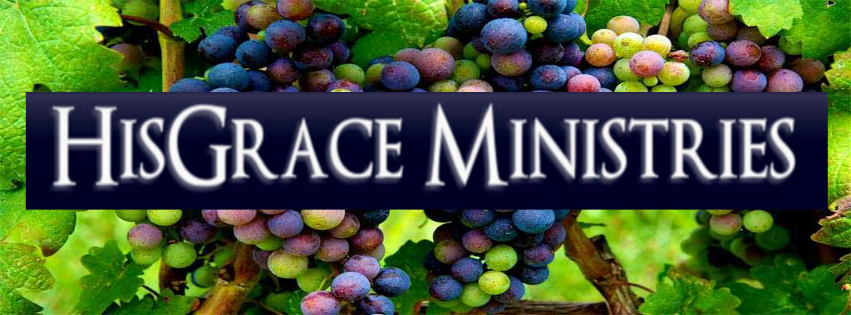The Gospel of John
The word ‘tetramorph’ is derived from the Greek tetra (“four”) and morphé (“form,” or “shape”) and applies, in general, to any representation of a set of four elements. In Christianity, since the Middle Ages, it is used to refer to the four creatures that correlate with each of the Gospel writers’ perception of Christ. Chronologically, the creatures are introduced by the prophet Ezekiel. He describes four creatures with a human face and animal appearance, which bore the throne
6 and before the throne there was a sea of glass like unto crystal. And in the midst of the throne, and round about the throne, were four living beings full of eyes in front and behind. 7 And the first being was like a lion, and the second being like a calf, and the third being had the face of a man, and the fourth being was like a flying eagle. 8 And each of the four living beings had six wings about him, and they were full of eyes within; and they rested not day and night, saying, “Holy, holy, holy, Lord God Almighty, who was, and is, and is to come!”The eagle symbolizes John’s Gospel since it describes the incarnation of the divine Logos (Word). The eagle similarly comes down from above. Eagles are considered wise and clairvoyant and these superior perceptive traits parallel the divine nature of Christ. The abstract and theological thought expressed by John is indicative of the mystery of the Word that comes from above – pure and plainly stated yet beyond human reasoning. It is able to look down on the world with precision from its high position but as it flies toward heaven, it looks straight at the sun (Son). In his Revelation, John saw beyond what is immediately present; because of this, he is referred to as “the Eagle of Patmos”.
